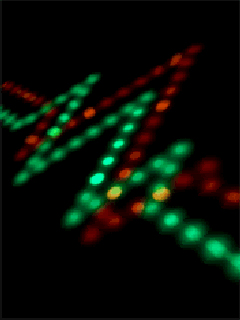 When creating film, it seems there is one element that is often
understated and seen as a less essential component: sound.
When creating film, it seems there is one element that is often
understated and seen as a less essential component: sound.Without sound, a film is emptied of its full potential, and the audience may fail to realise the full embodiment and emotional response to the film.
'Emotional Realism' enables a film to be accompanied by sounds that both
relate to the image but also the emotional feelings of an actor and consequently
the viewer. For example, if a scene is one of suspense, the sounds and music
that accompany the image will both set the atmosphere and mood of a scene and the
feelings of the actor also. This in turn creates an atmosphere for the audience
and enables them to experience a similar emotion.
 Sound can instil all sorts of emotional reactions in a person, and in
film it can be particularly effective when used correctly. Emotional Realism is
a consequence of internal logic – which is particularly interesting as without
it the audience would not be able to experience the full ambience created when
sound is combined with film.
Sound can instil all sorts of emotional reactions in a person, and in
film it can be particularly effective when used correctly. Emotional Realism is
a consequence of internal logic – which is particularly interesting as without
it the audience would not be able to experience the full ambience created when
sound is combined with film.
Comments
Post a Comment